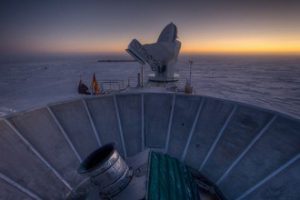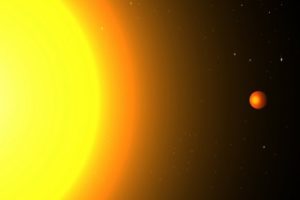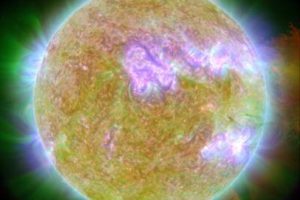harvard smithsonian center for astrophysics
Solar mystery solved
The Sun has been in the news a lot lately because it’s beginning to send out more flares and solar storms. Its recent turmoil is particularly newsworthy because the Sun was very quiet for an unusually long time. Astronomers had a tough time ex…
The best way to measure dark energy just got better
Dark energy is a mysterious force that pervades all space, acting as a “push” to accelerate the Universe’s expansion. Despite being 70 percent of the Universe, dark energy was only discovered in 1998 by two teams observing Type Ia supernovae. A Type…
Smithsonian instrument ‘fills the gap,’ views sun’s innermost corona
During a total eclipse of the Sun, skywatchers are awed by the shimmering corona — a faint glow that surrounds the Sun like gossamer flower petals. This outer layer of the Sun’s atmosphere is, paradoxically, hotter than the Sun’s surface, but so …
Qatar-led international team finds its first alien world
In an exciting example of international collaboration, a Qatar astronomer teamed with scientists at the Harvard-Smithsonian Center for Astrophysics (CfA) and other institutions to discover a new alien world. This “hot Jupiter,” now named Qatar…
Super-Earth has an atmosphere, but is it steamy or gassy?
In December 2009, astronomers announced the discovery of a super-Earth known as GJ 1214b. At the time, they reported signs that the newfound world likely had a thick, gaseous atmosphere. Now, a team led by Jacob Bean (Harvard-Smithsonian Center …
Astronomers find giant, previously unseen structure in our galaxy
NASA’s Fermi Gamma-ray Space Telescope has unveiled a previously unseen structure centered in the Milky Way — a finding likened in terms of scale to the discovery of a new continent on Earth. The feature, which spans 50,000 light-years, may be …
How to weigh a star using a moon
How do astronomers weigh a star that’s trillions of miles away and way too big to fit on a bathroom scale? In most cases they can’t, although they can get a best estimate using computer models of stellar structure.
New work by astrophysicist…




